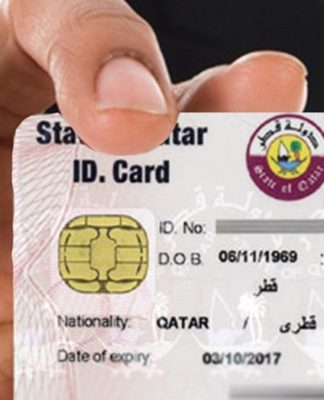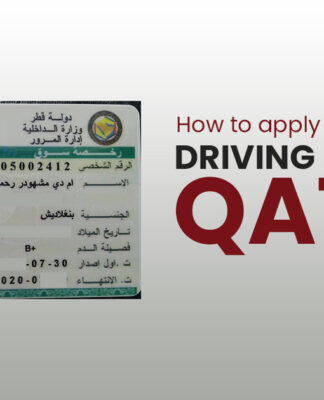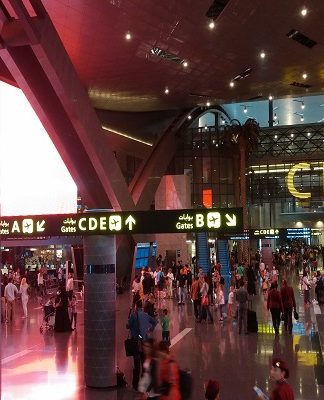NASA’s first humanoid robot Valkyrie is being tested at offshore energy facilities in Australia
NASA’s first humanoid robot Valkyrie is being tested at offshore energy facilities in Australia
NASA’s Valkyrie Robot In Preparation For Mars And Moon Trips
By Roselyne Min with Reuters, AP • Updated: 13/07/2023
NASA says knowledge gained from this mission will potentially be used for NASA’s Artemis missions and other Earth-based robotics objectives.
NASA’s humanoid robot Valkyrie is starting a new mission in Australia.
Valkyrie was delivered to Western Australia on July 6 to test out its capabilities at the Australian energy giant Woodside Energy in Perth.
The company plans to deploy Valkyrie for remote caretaking of its uncrewed and offshore facilities to increase safety for both its personnel and the environment.
“We are pleased to be starting the next phase of development and testing of advanced robotic systems that have the potential to positively impact life on Earth by allowing safer operations in hazardous environments,” Shaun Azimi, lead of the dexterous robotics team at NASA Johnson, said in an announcement.
“These demonstrations will evaluate the current potential of advanced robots to extend the reach of humans and help humanity explore and work safely anywhere,” Azimi added.
As part of a partnership agreement, Woodside Energy will provide data and feedback to NASA, according to NASA’s recent announcement.
NASA expects to apply the gained knowledge to “accelerate the maturation of robotic technology”.
The space agency also implies that lessons learned from this mission may be used for NASA’s Artemis missions and for other Earth-based robotics objectives.
What is Valkyrie?
Valkyrie is NASA’s first bipedal humanoid robot.
Its name derives from Norse mythology where the name literally means “chooser of the slain”.
Standing at 1.8 metres tall and weighing 125 kg, Valkyrie is designed to carry out vital tasks in dangerous environments for humans both in space and on Earth.
NASA states that testing Valkyrie’s development on Earth will eventually contribute to the current and future robotics and automation development for use in space.
For example, NASA hopes to use Valkyrie on the Moon at the long-term worksites and habitats that will be established as part of future Artemis missions, even when astronauts are not physically present.
‘Vital’ remote control capabilities
Since 2016, NASA has been doubling down on improving remote control technologies and developing fully autonomous robots as the time delay in communication between Earth and Mars makes it difficult to control robots.
NASA believes Valkyrie and other advanced mobile robots can be vital tools in allowing humans to supervise dangerous work remotely and to offload dull and repetitive tasks, enabling humans to work on higher-level tasks, including deploying and maintaining robots.
With remotely operated mobile robots like Valkyrie, astronauts may be able to live off the land and remotely conduct important activities such as inspection and maintenance of infrastructure and plants.
To deliver Valkyrie, the NASA dexterous robotics team from Johnson travelled to the Woodside headquarters in Perth, Western Australia. The team prepared the Valkyrie robot and conducted training with the Woodside team on its operations, NASA said.
For more on this story, watch the video in the media player above.






























